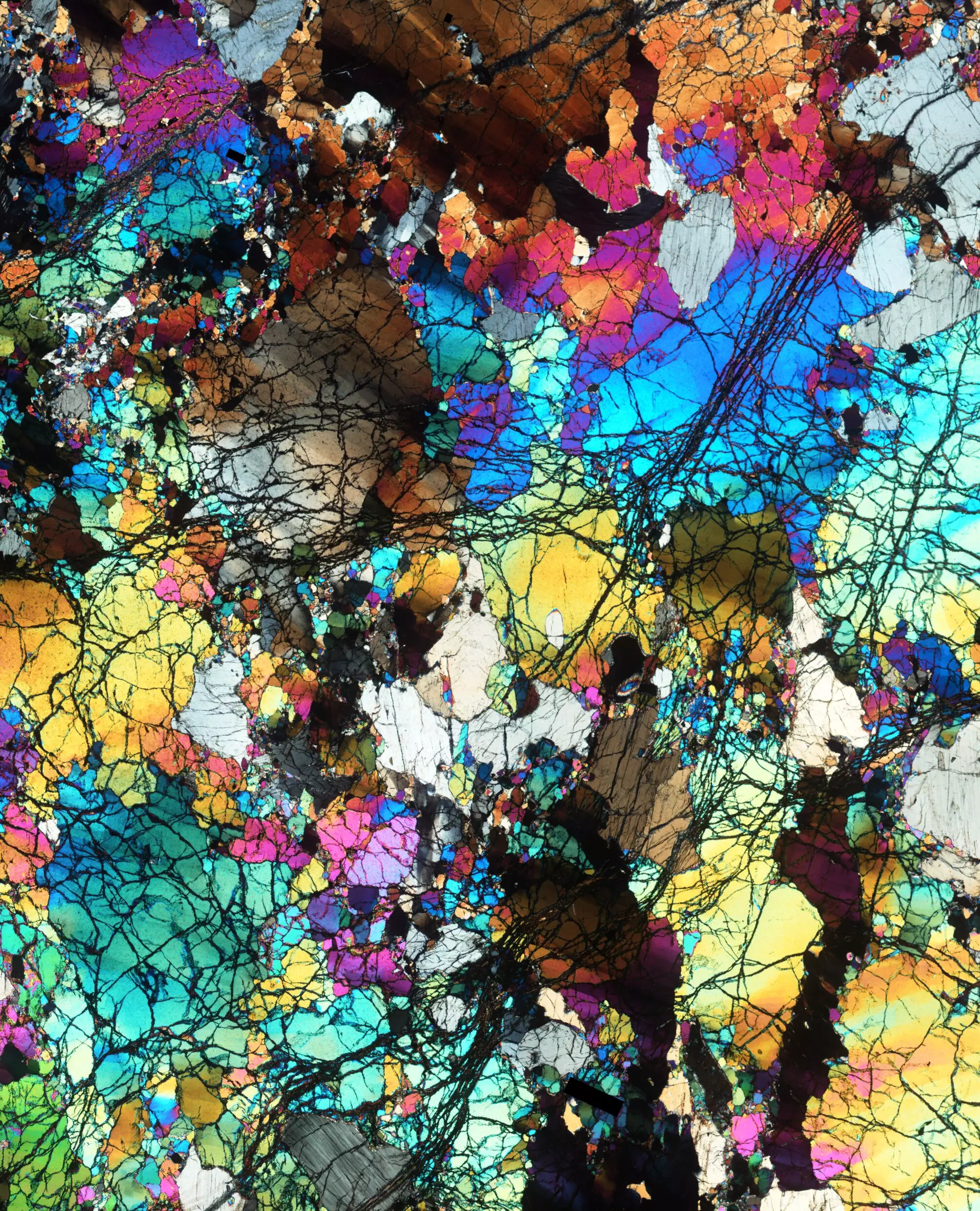Recent groundbreaking research sheds light on the Earth’s mantle, a geologic layer critical to our planet’s history yet often shrouded in mystery. Conducted by a dedicated team from the Smithsonian’s National Museum of Natural History, this study breaks new ground in understanding the chemical evolution of Earth’s mantle, which lies beneath the crust. The study, published in the prestigious journal Nature, focuses on rocks believed to be at least 2.5 billion years old. The findings challenge long-held assumptions about mantle oxidation and the geological processes that have shaped our world since the Archean Eon.
The primary assertion of this research suggests that the oxidation state of the Earth’s mantle has not dramatically changed over billions of years, contradicting what some scientists had previously argued. Elizabeth Cottrell, a leading figure in this study, points out how vital these findings are: they pave the way for a deeper understanding of how Earth—and, by extension, life—has evolved. This research is not merely a technical endeavor; it represents a significant leap in our narrative as a species traversing an ancient world rich with geological surprises.
The Significance of Ancient Rocks
At the heart of this investigation lies a collection of unique rocks retrieved from the ocean floor. These rocks exhibited intriguing geochemical characteristics that set them apart from typical mantle samples. Notably, they were found to have undergone extreme melting with minimal oxidation—properties that could reframe our understanding of Earth’s earliest phases. Cottrell’s assertion that these rocks survive as “geologic time capsules” is particularly poignant. They encapsulate conditions from an era when Earth’s interior was significantly hotter than it is now—an aspect that makes these findings invaluable.
The research team meticulously analyzed rocks collected from two oceanic ridges: the Gakkel Ridge and the Southwest Indian Ridge. Their calm, relatively low-volcanic activity offers a unique opportunity to sample the mantle material itself rather than surface alterations, ensuring that the findings are as close to the original geological conditions as possible. This careful selection process is a testament to the rigor and nuance needed to uncover ancient geological truths.
A Paradigm Shift in Oxidation Theory
One of the most striking elements of this research is its challenge to the prevailing oxidation hypotheses concerning the mantle. Previously, many geologists proposed that Earth’s mantle had gradually become more oxidized over time, attributing this shift to various geological mechanisms, including the recycling of old seafloor and the loss of gases to space. However, the innovative findings from this study propose a fundamentally different interpretation: the mantle has maintained a stable oxidation state for billions of years. Instead of an evolving panorama, we are presented with a situation where the high temperatures of the Archean Eon have prevented the formation of highly oxidized mantle rocks.
Cottrell’s perspective marks a critical transition in geological thinking, reducing complexity in past assumptions. By positing that the current lack of highly oxidized rocks is simply a consequence of Earth’s cooling mantle, the researchers suggest a continuum, where high temperatures allowed ancient rocks to retain a chemical signature no longer generated by a cooler mantle.
Exploring Future Implications
As the study prompts re-evaluations of past theories, it simultaneously opens new avenues for future research. The team, including lead author Suzanne Birner, is now focused on replicating the extreme conditions of the Archean mantle in laboratory settings. Understanding the geochemical processes at play during that epoch could unlock even more revelations about the planet’s origin and the genesis of life itself. This commitment to exploring Earth’s unique geological history underpins the broader objectives of the Smithsonian’s Our Unique Planet initiative, aimed at discerning what makes Earth uniquely capable of supporting life.
By challenging existing narratives and diving into the details of geological processes, the researchers invite both the scientific community and the public to engage with our planet’s captivating story. The new insights into ancient mantle rocks signify more than just fresh data; they are a testament to humanity’s enduring quest to comprehend our world’s past and its implications for the future. By weaving together avenues of exploration in geology, chemistry, and even astrobiology, this research fosters an interconnected understanding of our Earth—an understanding that resonates with our quest for existence and continuity in an ever-evolving universe.

